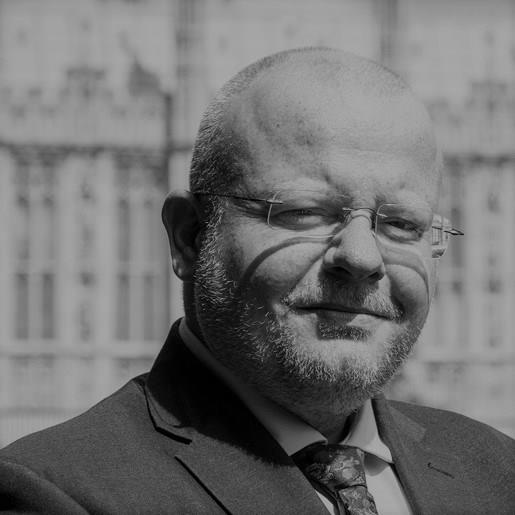Trigger warning: This article talks about different forms of domestic abuse. If this is likely to prove emotionally challenging for you, please consider if you wish to continue reading. Should you need it, you can access domestic abuse support and advice on economic abuse.
Economic abuse is not a niche issue; the coerced debt that it leaves in its wake can have repercussions for the survivor that extend far beyond the initial crime.
In this article, we’ll look at what economic abuse is and how, as an industry, we might deal with the resultant debt, and more importantly, how we should treat the person that was coerced into running up that debt.
What is economic abuse?
The Domestic Abuse Act 2021 states that economic abuse is any behaviour that has a substantial, adverse effect on a victim’s ability to acquire, use or maintain money or other property, or obtain goods or services; a somewhat clinical description of the daily struggle faced by millions of people, mostly women, in the UK every day.
The charity Surviving Economic Abuse (SEA), whose CEO Dr Nicola Sharp-Jeffs was instrumental in securing the Domestic Abuse Act, expands on that definition to paint a more accessible vision of what economic abuse actually is: ‘exerting control over income, spending, bank accounts, bills and borrowing. It can also include controlling access to and use of things like transport and technology, which allow us to work and stay connected, as well as property and daily essentials like food and clothing. It can include destroying items and refusing to contribute to household costs.’
What are the characteristics of economic abuse?
I mentioned that economic abuse isn’t niche, so let’s put that into perspective; SEA data shows that 1 in 6 women in the UK has experienced economic abuse – that’s about 4.6 million women.
Look around your organisation, your neighbourhood, your high street, and overlay that statistic onto the people you see. It is virtually impossible that you don’t know a victim of economic abuse.
Another sad fact is that economic abuse rarely happens in isolation and is usually accompanied by physical, sexual or psychological abuse. SEA data suggests that 95% of all domestic abuse cases include economic abuse.
How can we support those suffering from economic abuse?
Thankfully, there are a number of resources that can help organisations to support people through economic abuse:
- Public Sector Economic Abuse Toolkit
This toolkit was developed by the Cabinet Office’s Government Debt Management Function in collaboration with central and local government debt owners, as well as the debt advice sector and the Credit Services Association, this should not be seen as a resource only for public sector bodies.
It contains useful information about understanding economic abuse, identifying it, and providing a consistent response.
- Economic Abuse Evidence Form Pilot
The leading charity in this space, Surviving Economic Abuse (SEA), is piloting an Economic Abuse Evidence Form, based on the Debt & Mental Health Evidence Form. A few major creditors are already using this and is looking for other partners to join the pilot.
- Grants and other financial support
There are several organisations that can help people to recover from the effects of economic abuse (from local authorities, to charities, to utility companies), putting in place signposting to these organisations can really help policies reach people.
Closing thoughts
If we are to succeed in our industry, it’s crucial to remember that we are not dealing with debt – we are dealing with people who are dealing with debt; it is their responsibility to resolve, and it is our responsibility to enable that resolution.
In operational terms, vulnerability and all its subcategories are segments that require their own differentiated treatment paths. The way that we enable debt resolution is by being experts in designing those treatment paths to achieve a good outcome for both the client and the customer. As we often see through FCA best practice examples, doing the right thing for the client usually means doing the right thing for the customer.
Not sure where to start?
Arum is the UK’s leading independent provider of advisory and professional services within collections and revenue, with 25 years’ experience in over 20 countries. We are experts in understanding the drivers and psychology of debt, and can help you with customer journey design, systems selection, configuration and implementation, and use of data science, analytics and decisioning.
If you’d like to speak to me about anything I’ve raised in this blog, I’d love to hear from you and please feel free to contact me directly.
About the author

Steve Coppard
Group Director of Debt Policy & Strategy
Arum & Just
Steve has been in the debt industry since 2001. He spent most of his career working in government, where he started on the phones collecting VAT debt and ended up being responsible for prompting improvements to the management of over £40bn of public sector debt. He joined Just and Arum in May 2022 where he continues to shape the biggest conversations in the debt market, having been recognised as an Influencer on the Credit 500 list for a number of years. Credit Management Magazine recently called him one of the industry’s genuine thought leaders.